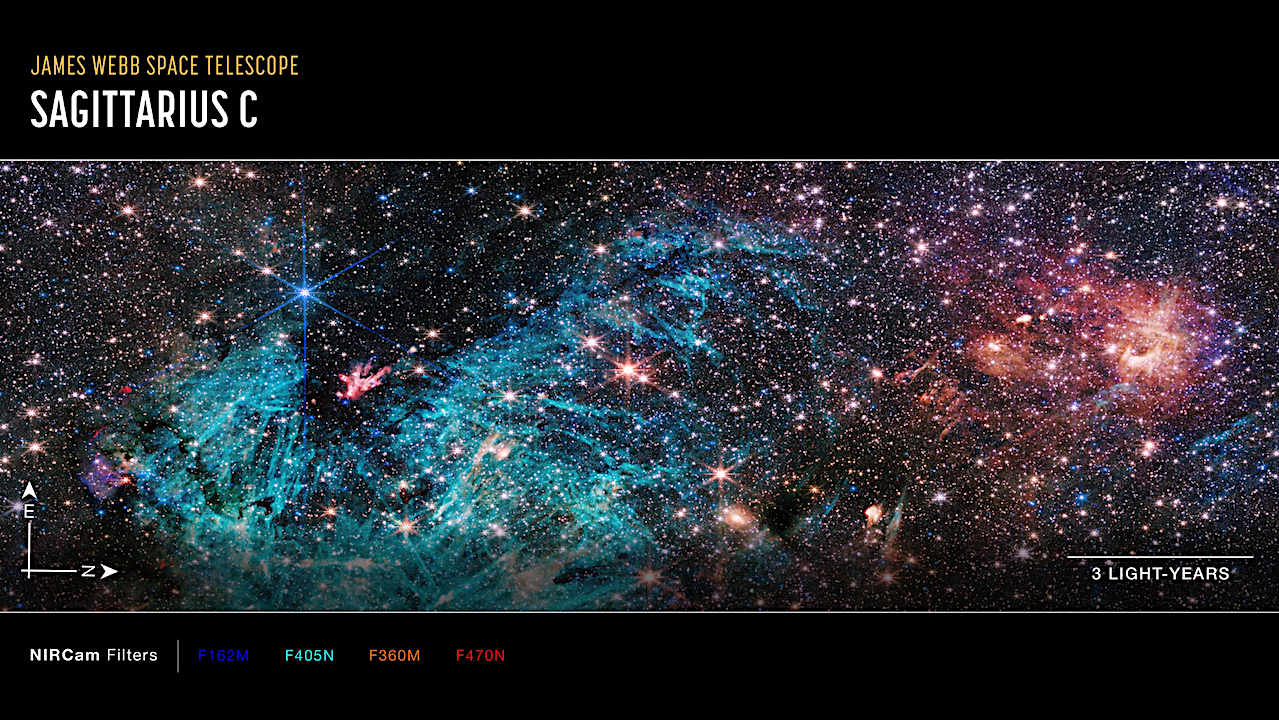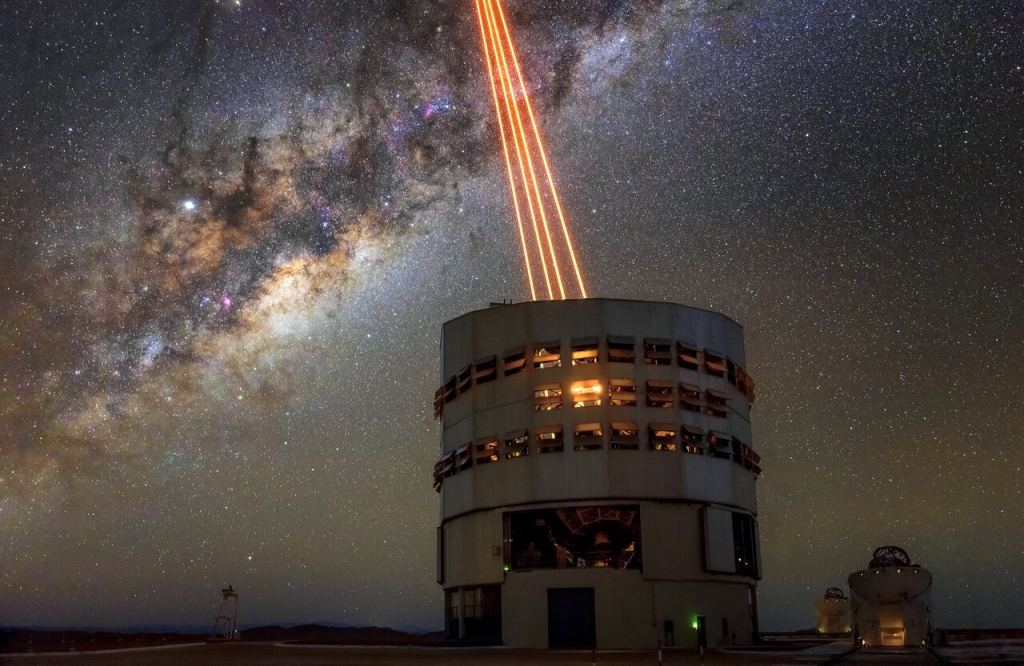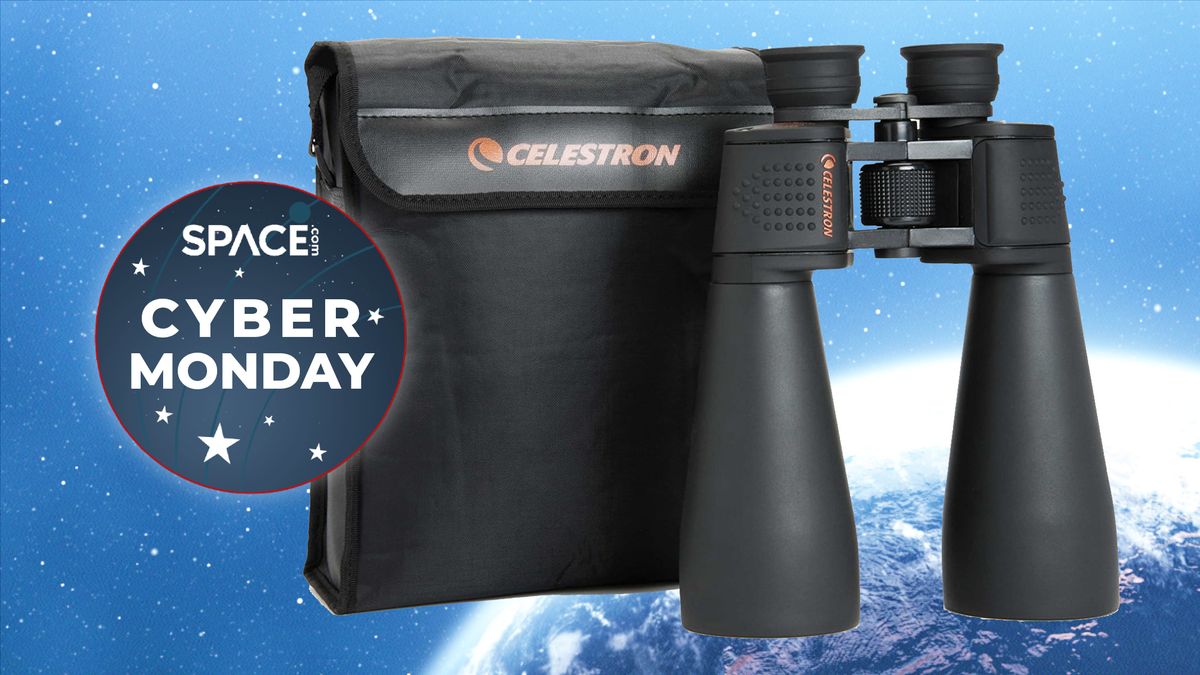-
Eugene Astronomical Society lets the public use special telescopes to look at sun
Members of the society presented their personal solar telescopes in the hopes of spreading awareness of their group EUGENE, Ore. — The Eugene Astronomical Society came out to Alton Baker Park Sunday afternoon for their occasional solar viewing exhibition, using their special telescopes to get a view of the sun while letting the public see…
-
Eugene Astronomical Society lets the public use special telescopes to look at sun
Members of the society presented their personal solar telescopes in the hopes of spreading awareness of their group EUGENE, Ore. — The Eugene Astronomical Society came out to Alton Baker Park Sunday afternoon for their occasional solar viewing exhibition, using their special telescopes to get a view of the sun while letting the public see…
-
Webb’s View Of The Galactic Center. 500,000+ Stars. How Many Have Life-bearing Worlds?

The NIRCam (Near-Infrared Camera) instrument on NASA’s James Webb Space Telescope’s reveals a portion of the Milky Way’s dense core in a new light. An estimated 500,000 stars shine in this image of the Sagittarius C (Sgr C) region, along with some as-yet unidentified features. A large region of ionized hydrogen, shown in cyan, contains…
-
Optical properties of organic haze analogues in water-rich exoplanet atmospheres observable with JWST
Abstract The James Webb Space Telescope (JWST) has begun its scientific mission, which includes the atmospheric characterization of transiting exoplanets. Some of the first exoplanets to be observed by JWST have equilibrium temperatures below 1,000 K, which is a regime where photochemical hazes are expected to form. The optical properties of these hazes, which control how…
-
Moon and Giants
Giants flank the Moon tonight. They’re among the brightest stars in the night sky, so you can’t miss them, even from a light-polluted city. As night falls, look to the lower right of the Moon for Aldebaran, the eye of Taurus, the bull. Then look about twice that far to the upper left of the…
-
Organic hazes will impact JWST observations of water-rich exoplanets
The optical properties of the organic hazes that form in water-rich exoplanet atmospheres differ from those that form in nitrogen-rich atmospheres. This difference in optical properties can have an observable effect on spectral observations of exoplanets and could impact the interpretation of current and upcoming JWST observations. This is a preview of subscription content, access…
-
Next Generation Space Telescopes Could Use Deformable Mirrors to Image Earth-Sized Worlds

Observing distant objects is no easy task, thanks to our planet’s thick and fluffy atmosphere. As light passes through the upper reaches of our atmosphere, it is refracted and distorted, making it much harder to discern objects at cosmological distances (billions of light years away) and small objects in adjacent star systems like exoplanets. For…
-
Save 35% on the Celestron SkyMaster 25×70 Binocular this Cyber Monday

We’ve been spoiled with excellent binoculars deals this Black Friday weekend. But as Cyber Monday rolls around, retailers show no sign of slowing down just yet. The latest we’ve spotted is the perfect Cyber Monday deal for budding stargazers: the Celestron SkyMaster 25×70 binocular has been reduced by an impressive 35% on Amazon. It should…
-
Save $120 on the excellent Celestron AstroMaster 114EQ telescope this Cyber Monday

As the Black Friday weekend comes to a close and gives way to Cyber Monday, deals on telescopes and skywatching equipment still continue to roll in. The latest from Amazon is excellent for beginners: you can grab the Celestron AstroMaster 114EQ for just $199.96, down from $319.95 this Cyber Monday. If you’re just beginning your…
-
Save $120 on the excellent Celestron AstroMaster 114EQ telescope this Cyber Monday

As the Black Friday weekend comes to a close and gives way to Cyber Monday, deals on telescopes and skywatching equipment still continue to roll in. The latest from Amazon is excellent for beginners: you can grab the Celestron AstroMaster 114EQ for just $199.96, down from $319.95 this Cyber Monday. If you’re just beginning your…